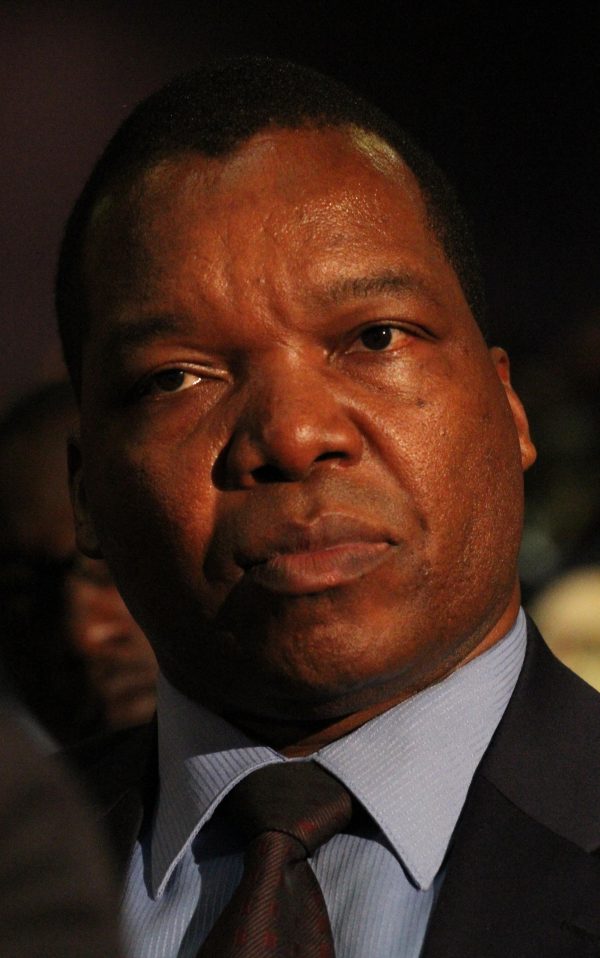
A QUARTER into his first term in office, Reserve Bank of Zimbabwe (RBZ) governor John Mangudya has been more “on the ball and less on rhetoric”, thereby regaining the market confidence which has been missing, analysts have said.
BY NDAMU SANDU
Mangudya took over the reins at RBZ in May last year when confidence in the banking sector had been on the wane even though the country had embraced the multicurrency regime.
He did not do anything extraordinary, but simply implemented some of the policy measures his predecessor [Gideon Gono] failed to, or in some cases, had abandoned altogether.
Clearly, Mangudya seems to have known very well that for his mission to succeed, he needed the support of every constituency. To this end, his maiden monetary policy statement last year was conciliatory as RBZ sought to build bridges. It became common template in subsequent statements in his user-friendly approach to confidence building. Since 2009, the economy had operated without small denomination coins with prices being rounded off to ease challenges of change.
The Finance ministry had toyed with the idea of importing coins from the United States, but abandoned the idea when it became apparent that the exercise would be too expensive.
Enter Mangudya with his new family of bond coins! The coins in denominations of 50c, 25c, 10c, 5c and 1c were a masterstroke as they gained acceptance despite facing initial resistance. Price correction of basic commodities has been witnessed as a result of the availability of change.
An economist who requested not to be named for professional reasons told Standardbusiness that Mangudya “has addressed a number of issues within a short space of time”.
- Chamisa under fire over US$120K donation
- Mavhunga puts DeMbare into Chibuku quarterfinals
- Pension funds bet on Cabora Bassa oilfields
- Councils defy govt fire tender directive
Keep Reading
“He moved much faster than his predecessor. All the commercial banks have been capitalised and government capitalised Agribank and ZB Bank. This has brought stability to the banking sector,” the economist said. The interbank facility is up and running and has helped in the distribution of liquidity. The $200 million interbank facility is underwritten by the African Export-Import Bank (Afreximbank) under the Afreximbank Trade Debt Backed Securities (Aftrades). In his mid-term monetary policy review, Mangudya said Aftrades bonds amounting to $120 million had been issued and the final maturity of the instruments was expected on February 13 2017.
Total disbursements to date under this facility for a tenor of 180 days amount to $84 million. Mangudya said the facility had managed to unlock idle bank balances for the benefit of financial institutions and the entire economy.
The banking sector had been hit by high default rates with the ratio of non-performing loans peaking to 20,45% in June last year. This raised fears that banks would cut back on lending, critically needed to reboot the economy.
A special purpose vehicle, the Zimbabwe Asset Management Company (Zamco) was set up last year to buy bad debt. To date, Zamco has acquired $157 million of non-performing loans (NPLs) and is currently at an advanced stage of concluding the restructuring of transactions of four distressed companies through acquisition of their bank debts amounting to $58 million. RBZ says the ratio of NPLs should be 5% by December 31 2016.
The multicurrency regime has been under threat from the return of the banished local unit. The continued existence of the local unit in the formal system had buttressed claims that the battered Zimdollar would be retrieved. A demonetisation process currently underway has exorcised that ghost.
While giving credit to Mangudya for decommissioning the local unit, an economist said Zimbabwe should begin to think about which currency to use in the long term.
“The US$ has strengthened, undermining our competitiveness in the process and we need to be decisive on which currency to use between the South African rand and US$. To his credit, the mention of internal devaluation through the ease of the cost of doing business showed some seriousness in efforts to boost competiveness,” the economist said.
An economist with a leading commercial bank said Mangudya had struck a good rapport with banks, which resonated in the collaboration in policy thrust.
“That element of trust and transparency improved the general confidence and stability within the banking sector. Gono had an MOU [Memorandum of Understanding] with banks on charges. It did not work. Mangudya is coming up with guidelines on interest rates which have been embraced by banking players,” the economist said.
Economist John Robertson said Mangudya had been more courageous raising issues such as wages which were not in tandem with the operating environment and the ease of doing business.
“He has done a few things which shows that he is not in favour of indigenisation,” Robertson said, adding that he wished Mangudya would have caused a change in the legislation. He said Mangudya failed to discipline government when the Ministry of Agriculture set the maize producer price which was above those prevailing on the international market.
“He should have disciplined the Ministry of Agriculture, telling them that they were not allowed to do that,” he said.











